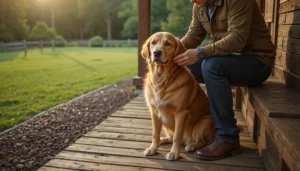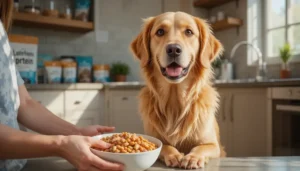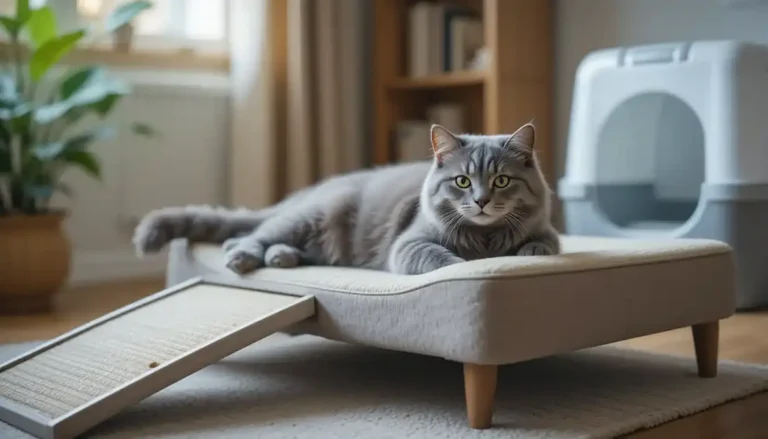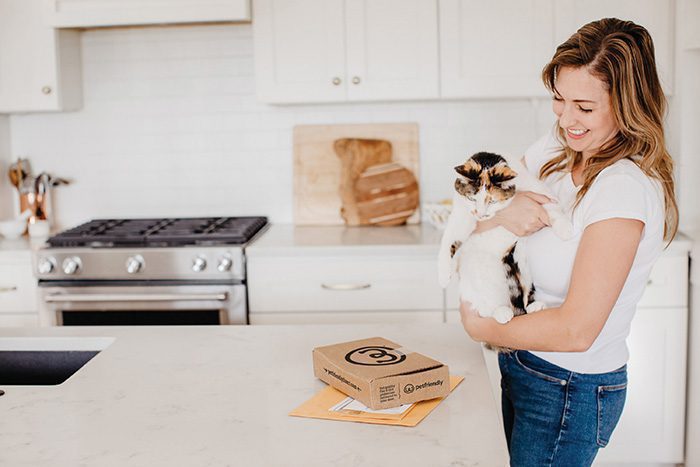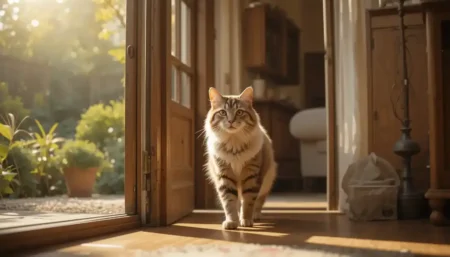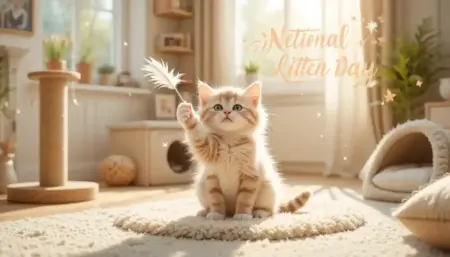Is your older cat hesitating to jump, moving stiffly, or spending more time curled up? In just a few lines, you’ll discover how to spot early signs, ease pain, and create a home that lets your senior feline stay active and comfortable.
This guide delivers veterinarian‑approved steps for managing arthritis in senior cats: expert advice you can implement today.
Why Early Detection Is Critical
Identifying joint trouble before it worsens gives you the best chance to preserve mobility and quality of life. The sooner you act, the more treatment options remain effective, and the less likely your cat will develop secondary problems such as muscle loss or behavioral changes.
Benefits of early action
- Pain relief – Prompt medication or supplements can reduce inflammation.
- Prevent muscle atrophy – Maintaining activity keeps muscles strong.
- Simpler lifestyle changes – Small home adjustments are easier when problems are mild.
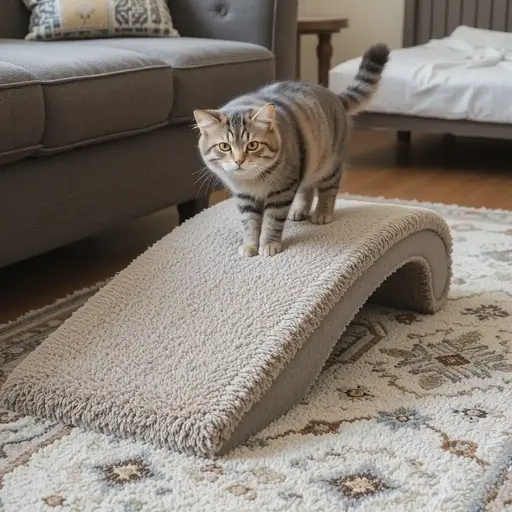
Understanding Feline Arthritis
Arthritis describes inflammation of a joint’s cartilage, capsule, or surrounding tissues.
In cats, the most common form is osteoarthritis (OA), a degenerative disease where cartilage thins and bone rubs against bone, causing chronic discomfort.
Types of feline arthritis
| Type | Description | Approx. Prevalence in Seniors |
|---|---|---|
| Osteoarthritis (OA) | Degenerative loss of cartilage, leading to bone‑on‑bone contact | Up to 90 % of cats > 12 yr |
| Inflammatory arthritis | Joint inflammation driven by infection, immune disease, or trauma | < 5 % of senior cats |
Key takeaway: Osteoarthritis accounts for the overwhelming majority of cases, so most management strategies focus on slowing its progression and controlling pain.
Risk Factors & Early Warning Signs
Senior cats face several built‑in risk factors that accelerate joint wear. Recognizing subtle cues can prompt a veterinary visit before pain becomes severe.
Common risk factors
- Advanced age – Cats over 12 years are most vulnerable.
- Obesity – Extra pounds increase joint load by up to 30 %.
- Previous injury – Fractures or sprains can spark early cartilage breakdown.
- Genetics – Certain breeds, such as Maine Coons, may have higher OA rates.
Early behavioral clues
Cats hide pain well, but watch for these “absence” symptoms:
- Reluctance to jump – Skipping onto favorite perches or missing jumps.
- Reduced grooming – Rough or matted fur on the back or hindquarters.
- Litter box avoidance – Struggling with high‑sided boxes.
- Changes in activity – Spending more time sleeping or lying down.
If you note any of these, schedule a check‑up promptly.
Diagnosing Joint Problems
A thorough diagnostic work‑up confirms arthritis, determines severity, and rules out other conditions (e.g., hyperthyroidism).
Typical evaluation steps
- Physical exam – The vet palpates joints for swelling, warmth, and pain response.
- Radiographs (X‑rays) – Reveal bone spurs, joint space narrowing, and osteophytes.
- Advanced imaging (CT/MRI) – Reserved for complex cases; visualizes soft tissue structures.
- Laboratory tests – Blood work screens for metabolic diseases; joint fluid analysis distinguishes OA from infectious or immune‑mediated arthritis.
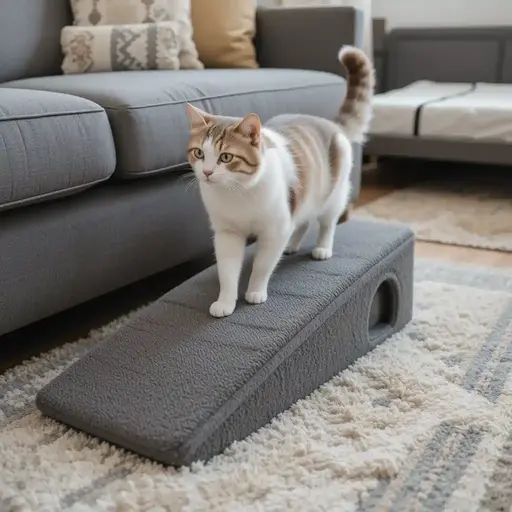
Early diagnosis is the cornerstone of managing arthritis in senior cats: expert advice that leads to better outcomes.
Medical Management Options
Pharmaceuticals remain the fastest way to control inflammation and pain, but they work best when paired with lifestyle changes.
First‑line medications
| Drug (example) | Class | Main benefit | Monitoring requirements |
|---|---|---|---|
| Meloxicam | NSAID | Reduces prostaglandin‑mediated inflammation | Blood chemistry every 2–4 weeks |
| Robenacoxib | NSAID | Targeted joint pain with fewer GI side effects | Watch for vomiting, appetite loss |
| Buprenorphine | Opioid | Short‑term relief for moderate pain | Observe for sedation or constipation |
Adjunctive options
- Gabapentin – Helps with neuropathic pain; start low, titrate slowly.
- Tramadol – Occasionally used in refractory cases, but effectiveness varies.
Safety tip: Never give human NSAIDs (ibuprofen, naproxen) to cats—they are toxic.
Nutritional Support & Supplements
A joint‑friendly diet plus targeted supplements can slow cartilage breakdown and lower inflammation.
Core supplements
| Supplement | Primary action | Typical dose (per cat) |
|---|---|---|
| Glucosamine + Chondroitin | Stimulates cartilage matrix synthesis | 500 mg glucosamine, 400 mg chondroitin daily |
| Omega‑3 fatty acids (EPA/DHA) | Reduces inflammatory cytokines | 300–600 mg EPA/DHA (fish‑oil capsule) |
| MSM (Methylsulfonylmethane) | Antioxidant, supports connective tissue | 200 mg daily |
| Green‑lipped mussel extract | Provides natural glucosamine, omega‑3s | 1 mL liquid extract daily |
Evidence snapshot: Controlled studies show cats receiving glucosamine + omega‑3s improve gait scores by 30–45 % after 8–12 weeks.
Prescription joint diets
Brands such as Hill’s j/d and Purina Joint Health Formula blend optimal calcium‑phosphorus ratios, added omega‑3s, and chondroitin. These diets are calorie‑controlled, aiding weight management while delivering joint nutrients.
Physical Therapy & Alternative Treatments
Non‑drug therapies complement medications, enhance range of motion, and improve muscle tone.
Proven modalities
- Laser (LLLT) therapy – Low‑level laser reduces synovial inflammation; 8‑session protocols show measurable weight‑bearing improvements.
- Acupuncture – Targeted points release endorphins; a 2023 trial reported 40 % improvement in feline mobility scores.
- Hydrotherapy – Underwater treadmills provide resistance without joint impact; limited to specialty clinics but highly effective for severe stiffness.
Home‑based PT
| Stroke along the spine and limb muscles, applying light pressure | How‑to perform | Frequency |
|---|---|---|
| Passive Range‑of‑Motion (PROM) | Gently flex/extend each joint through its natural arc; hold 5 s per motion | 2 × daily |
| Gentle massage | Stroke along spine and limb muscles, applying light pressure | 5 min 2 × daily |
| Targeted stretching | Use a feather wand to encourage forward reaching and stretching | 5–10 min once daily |
Always consult your vet before starting a PT regimen.
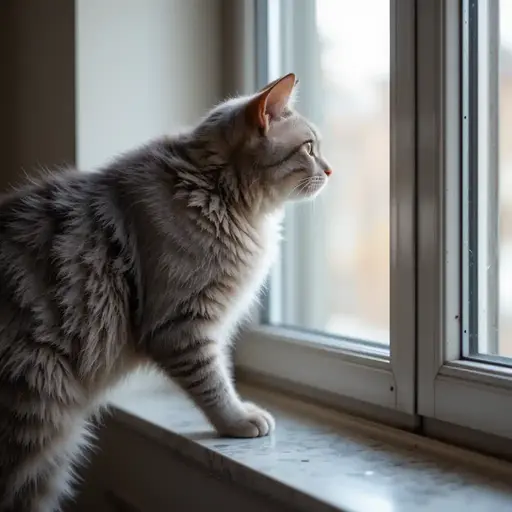
Home Environment Adjustments
Simple changes create a low‑impact environment that lets your senior cat move freely.
Mobility‑friendly accessories
- Ramps – Non‑slip surfaces with a 10–12 % incline for couches, beds, and windowsills.
- Pet stairs – Wide treads, sturdy rails, and optional memory‑foam steps for extra cushion.
- Orthopedic bedding – Memory‑foam or gel‑infused pads relieve pressure points, especially on hard floors.
Flooring & litter solutions
| Issue | Fix |
|---|---|
| Slippery tiles or hardwood | Add low‑pile non‑slip rugs in high‑traffic zones. |
| High‑sided litter boxes | Use low‑entry boxes (e.g., Kitty Go Here); place them on the same level as food and water to limit climbing. |
| Cold surfaces | Provide a heated pet pad (set to 30–35 °C) on sleeping spots. |
Quick checklist: Ramps → stairs → low‑entry litter → non‑slip mats → heated bed.
Weight Management & Safe Exercise
Keeping a senior cat at an ideal body condition score (BCS 4–5/9) reduces mechanical stress on joints by up to 30 %.
Calorie‑controlled feeding
- Weigh food – Use a kitchen scale to measure portions accurately.
- Feed multiple small meals – 3–4 meals per day maintain metabolism and reduce binge‑eating.
- Prioritize protein – High‑quality animal protein preserves lean muscle while restricting calories.
Low‑impact exercise ideas
| Guide the cat up a shallow set of steps to strengthen the hind limbs. | Description |
|---|---|
| Leash walks on a harness | 5‑10 min, indoor or safe outdoor, encourages steady movement. |
| Feather wand play | Encourages gentle stretching and stalking without jumps. |
| Stair climbing (with assistance) | Guide the cat up a shallow set of steps to strengthen hind limbs. |
Avoid high‑impact games such as aggressive fetch or sudden jumps from height.
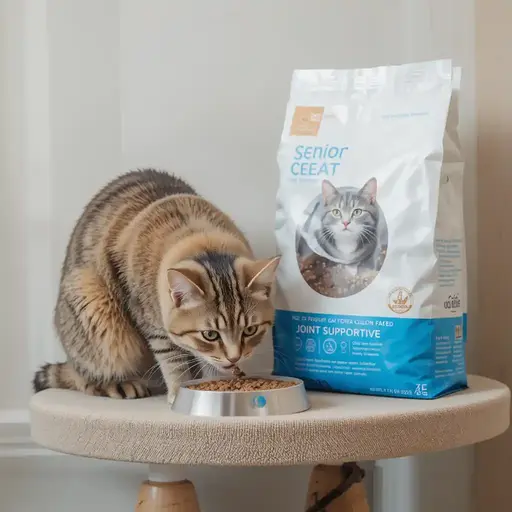
Advanced Regenerative Options
For cats with advanced OA, emerging regenerative therapies may offer additional relief, though they complement rather than replace conventional care.
Stem‑cell therapy
- Source – Autologous adipose‑derived mesenchymal stem cells.
- Procedure – Cells are harvested, processed, and injected into the affected joint.
- Current evidence – Small case series show reduced lameness scores, but larger trials are pending.
Platelet‑Rich Plasma (PRP)
- Mechanism – Concentrated platelets release growth factors that promote tissue repair.
- Typical protocol – One to three intra‑articular injections spaced 2–4 weeks apart.
- Safety – Autologous nature minimizes immune reactions; cost remains a limiting factor.
Bottom line: Discuss these options with a board‑certified veterinary surgeon to assess suitability and cost‑benefit.
Technology Tools for Joint Monitoring
Modern pet tech can help you track your cat’s activity level and detect early declines.
Wearable activity trackers
- Examples – FitBark, Pawtrack collar.
- Metrics – Steps, active minutes, rest periods, and sleep quality.
- How to use – Set a baseline during healthy months; significant drops may signal worsening arthritis.
Mobile apps for pain scoring
- Features – Daily questionnaires (e.g., “How often does your cat jump?”) with visual analog scales.
- Benefit – Provides data for your vet to adjust medication dosage remotely.
Tip: Pair tracker data with a simple spreadsheet to visualize trends over weeks, making veterinary consultations more precise.
Monitoring Progress & Adjusting the Plan
Regular evaluation ensures the treatment stays effective and safe.
Key indicators to watch
- Mobility – Ability to jump onto favorite perch or use stairs.
- Pain behaviors – Vocalizations, guarding, or avoidance of touch.
- Body condition – Stable or improving BCS without rapid loss.
- Appetite & grooming – Return to regular self‑care signals comfort.
Schedule for follow‑ups
- Initial phase (first 2 months) – Vet visit every 4 weeks to fine‑tune meds and supplements.
- Maintenance (after stabilization) – Bi‑annual physical exam + blood work; more frequent if condition changes.
Adjustment guidelines:
- If pain persists > 30 % of the day, consider increasing the NSAID dose or adding gabapentin.
- If weight rises, tighten calorie limits and increase daily playtime.
- If new limping appears, re‑image the joint to rule out secondary injury.
Document changes in a logbook or app for an objective view.
FAQs
How quickly can I expect to see improvement after starting treatment?
Most cats show reduced stiffness within 1–2 weeks of NSAID therapy and noticeable mobility gains after 4–6 weeks of combined supplements and physical therapy. Patience is key; some improvements may take up to 3 months.
Are there any over‑the‑counter products that work for cats?
Human joint supplements are not formulated for feline metabolism and may contain unsafe ingredients. Stick to cat‑specific glucosamine, chondroitin, and omega‑3 products that have been tested for safety.
Can I use a heated blanket for my arthritic cat?
Yes, as long as the temperature stays below 40 °C and the cat can move away if it gets too warm. Always place a thin towel between the blanket and the cat to prevent burns.
My cat refuses to take pills—any tricks?
Hide the tablet in a small amount of tuna or pâté, use a pill pocket, or ask your vet about a transdermal gel applied to the inner ear flap. Consistency matters, so find the method that works best for your cat.
Will my cat outlive the arthritis if I manage it well?
Arthritis itself isn’t fatal, but uncontrolled pain can lead to secondary issues (weight loss, organ stress). With diligent management, many cats live happy, active lives well into their late teens.
Conclusion
Managing arthritis in senior cats requires early detection, a multimodal treatment plan, and an environment built for low‑impact movement.
Combine vet‑prescribed medication with joint‑supporting nutrition, gentle physical therapy, weight control, and smart home adaptations. Regularly track activity, reassess pain levels, and adjust care as needed.
By taking these proactive steps, you’ll give your aging companion the comfort and freedom to enjoy every purr and stretch for years to come.
